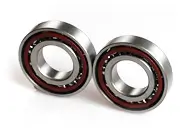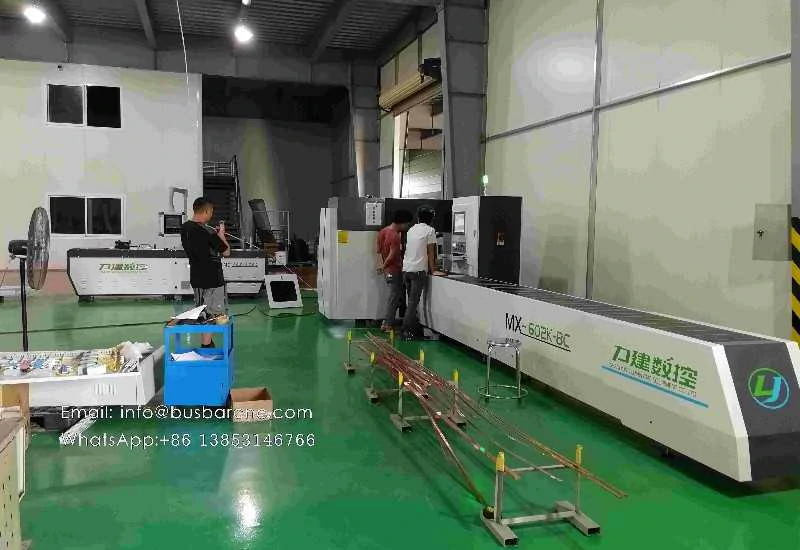Bearing life calculation model and experimental verification method
Introduction
The calculation of bearing life is essential in the design and maintenance of mechanical systems. It provides valuable information about the expected lifespan of a bearing under a given set of operating conditions. Various models have been proposed to estimate bearing life, taking into account factors such as load, speed, lubrication, and material properties. However, the accuracy of these models is often questioned, necessitating experimental verification to validate their predictions. This article aims to discuss the bearing life calculation model and an effective experimental verification method.
Bearing Life Calculation Model
The bearing life calculation model is based on the concept of fatigue failure. The basic principle is to determine the number of revolutions or operating hours at which a certain percentage of bearings in a population will fail due to fatigue. The most commonly used model is the ISO 281 standard, which considers the dynamic load rating, equivalent load, and reliability factor. The equation for calculating the basic rating life (L10) is:
L10 = (C/P)^p * 10^6 revolutions
Where L10 is the basic rating life, C is the dynamic load rating, P is the equivalent load, and p is a constant exponent determined by the bearing type and application. The basic rating life represents the number of revolutions at which 90% of a group of identical bearings will complete before the first evidence of fatigue occurs.
Experimental Verification Method
Experimental verification is crucial to ensure the accuracy of the bearing life calculation model. One commonly used method is accelerated life testing, where bearings are subjected to higher loads, speeds, and temperatures than normal operating conditions. The test results are then compared with the predicted bearing life from the calculation model.
Another method is field testing, where actual bearings in service are monitored and analyzed over an extended period. This approach provides real-world data on bearing performance, taking into account the varying operating conditions and application-specific factors. The accumulated data can be used to refine the calculation model and improve its accuracy.
Conclusion
The accurate calculation of bearing life is crucial for the design, maintenance, and reliability of mechanical systems. While various models exist, the ISO 281 standard is widely accepted in industry. However, experimental verification is necessary to validate the predictions of these models and ensure their accuracy. Accelerated life testing and field testing are two effective methods for this purpose. By combining theoretical calculations with practical data, engineers can continuously improve the bearing life calculation model, leading to more reliable and durable mechanical systems.
In conclusion, the bearing life calculation model and experimental verification method play significant roles in ensuring the safety and longevity of mechanical systems. Continuous research and improvement in this field will contribute to enhanced efficiency and reliability in various industries.
.webp)



